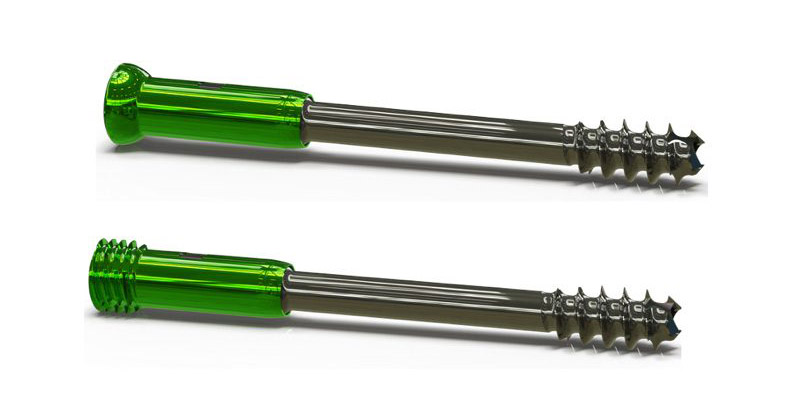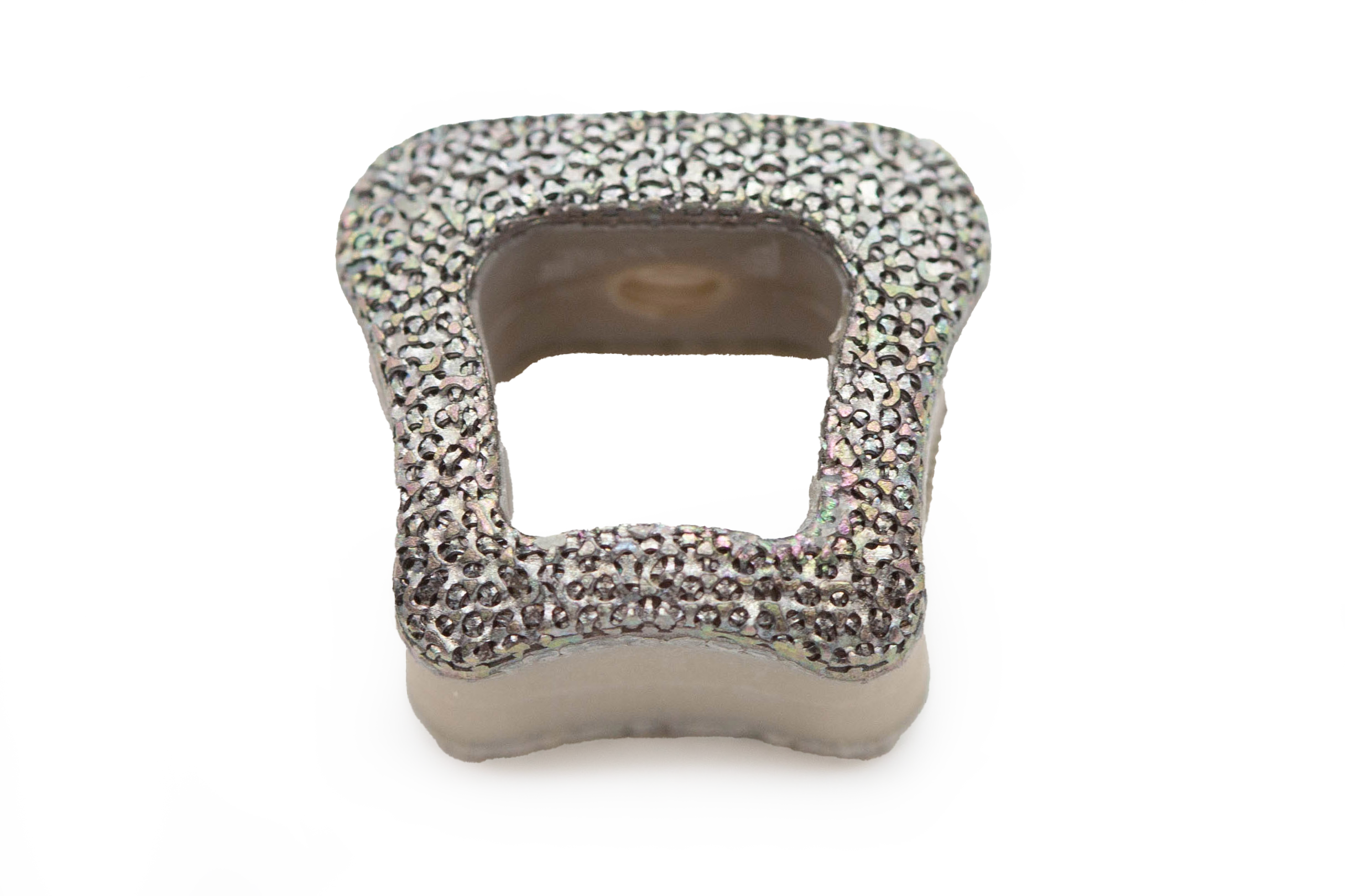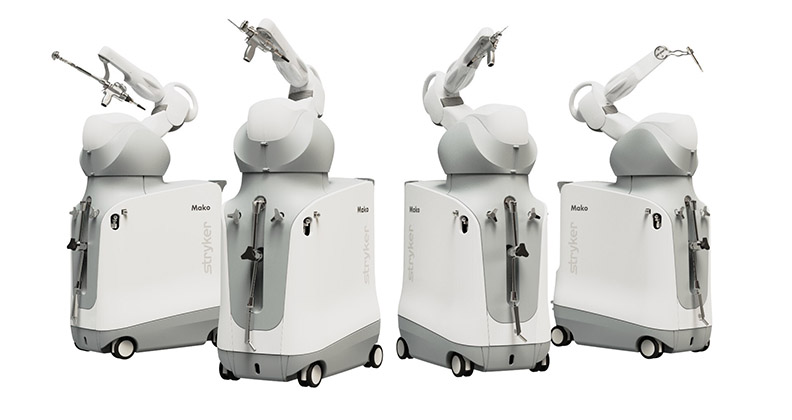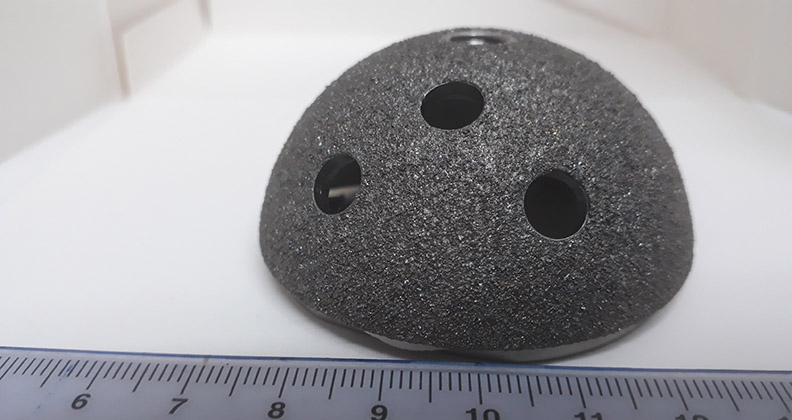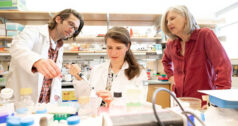
A key to helping the body mend fractures is found in a hormone that maintains bone strength in breastfeeding women, according to UC San Francisco and UC Davis investigators. During their research, they identified the Maternal Brain Hormone (CCN3) in mice and discovered that it increases bone density and strength. The findings are published in the journal Nature.
Declining levels of estrogen in post-menopausal women increase the risk of osteoporosis and bone fractures. However, the conditions are less common in breastfeeding women, who also exhibit low estrogen levels. This suggested to the researchers that a factor other than estrogen impacts bone growth.
Holly Ingraham, Ph.D., Senior Author of the Nature study and a Professor of Cellular Molecular Pharmacology at UC San Francisco, previously found that blocking a specific estrogen receptor in a small area of the brain in female mice caused significant increases in bone mass. Her team assumed a hormone in the blood was responsible, but couldn’t identify it at the time.
Their new research identified CCN3 as the responsible hormone in mutant female mice. The team discovered CCN3 in the same brain region in lactating mice. Female mice that didn’t produce CCN3 rapidly lost bone mass and their babies lost weight, a finding that confirmed the hormone’s role in maintaining bone health during lactation.
When the researchers increased levels of CCN3 in young adult and older female and male mice, bone mass and strength in the animals increased in a matter of weeks.
“If we hadn’t been studying female mice, which unfortunately is the norm in biomedical research, then we could have completely missed out on this relationship,” Dr. Ingraham said. “It underscores the importance of analyzing male and female animals across the lifespan to fully understand biology.”
To test the ability of the Maternal Brain Hormone to assist in bone healing, the researchers created a hydrogel patch that is applied to a fracture site and slowly releases CCN3 over two weeks. The hormone stimulated bone growth and instigated a healing process that is typical in younger mice.
“We’ve never been able to achieve this kind of mineralization and healing outcome with any other strategy,” said Thomas Ambrosi, Ph.D., an Assistant Professor of Orthopedic Surgery at UC Davis and research collaborator. “We’re very excited to follow it up and potentially apply CCN3 in the context of other problems, such as regrowing cartilage.”
The researchers will conduct future studies on the molecular mechanisms of CCN3, its levels in breastfeeding women and its potential to treat a variety of bone conditions.
“Bone loss happens not only in post-menopausal women but often occurs in breast cancer survivors who take certain hormone blockers, young elite female athletes and in older men whose relative survival rate is poorer than women after a hip fracture,” Dr. Ingraham said. “It would be incredibly exciting if CCN3 could increase bone mass in all these scenarios.”
Dr. Ingraham’s research team has confirmed that CCN3 stimulates increased bone formation from patient-derived human skeletal stem cells when cultured in a dish.
“Our next step will be to validate these findings in non-human primates and patient cohorts through blood sample analysis,” she said. “The lack of a reliable antibody to detect CCN3 in blood circulation is a major hurdle. We are actively working on developing new assays to accelerate these translational studies.”
Notably, she said that future research will need to include toxicology and efficacy studies to see if the current findings can safely stimulate bone formation in humans.
Dr. Ingraham noted that 10% to 20% of fracture patients do not heal well, leading to non-unions.
“CCN3 patches could be used for patients with bone diseases or injuries who are predicted to have poor healing outcomes,” she said. “We are also exploring other combinatorial applications and even ways to regrow cartilage to tackle osteoarthritis.”
Dr. Ingraham is excited to understand the ways that CCN3 is expressed in the lactating female brain and to know if her team’s findings in mice are relevant to lactating women.
“We are planning to recruit patients at different life stages to measure circulating CCN3,” she said. “Confirmation of levels in breastfeeding women would support its translational feasibility as a drug target.”
Identifying CCN3 and testing its impact on bone strength in mice involved funding from the National Institute of Health and took a team of scientists five years to complete. The team will be pursuing several additional and related questions, including CCN3 signaling on skeletal stem cells and their receptors and figuring out what activates CCN3 in the brain.
“These exciting research avenues could drive novel strategies for treating bone loss and impaired skeletal regeneration,” Dr. Ingraham said. “We are eager to accelerate the discovery and translational phases of our work via commercialization efforts to help millions of women whose quality of life and longevity are severely compromised by unhealthy bones.”
Photo credit: Susan Merrell
DC
Dan Cook is a Senior Editor at ORTHOWORLD. He develops content focused on important industry trends, top thought leaders and innovative technologies.

